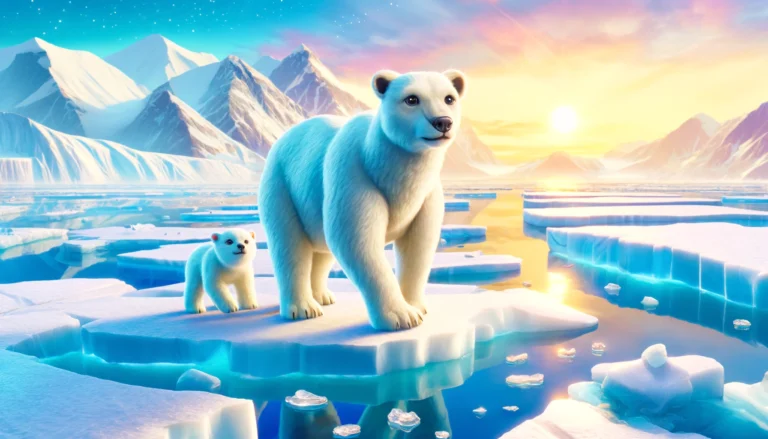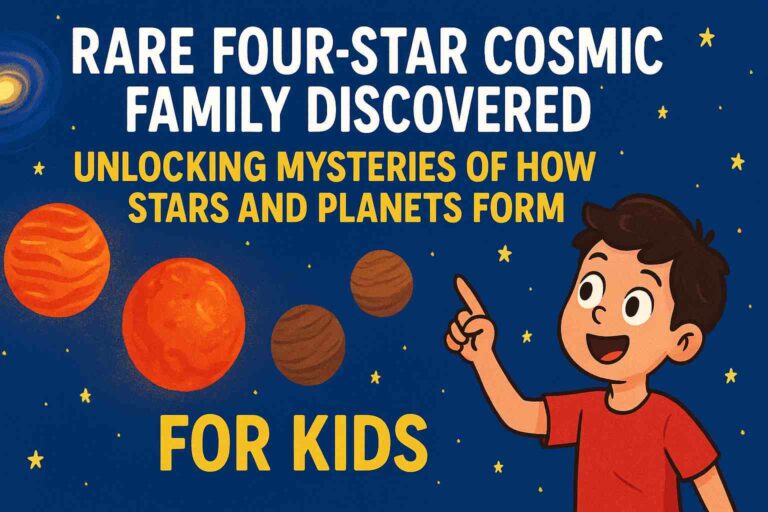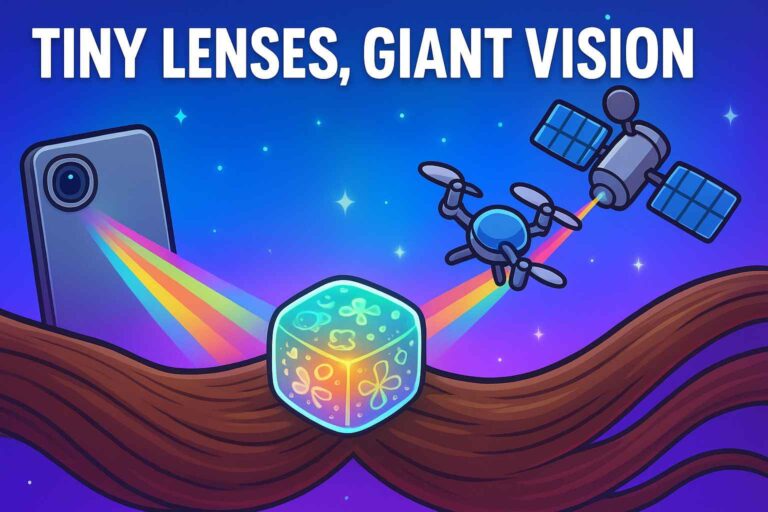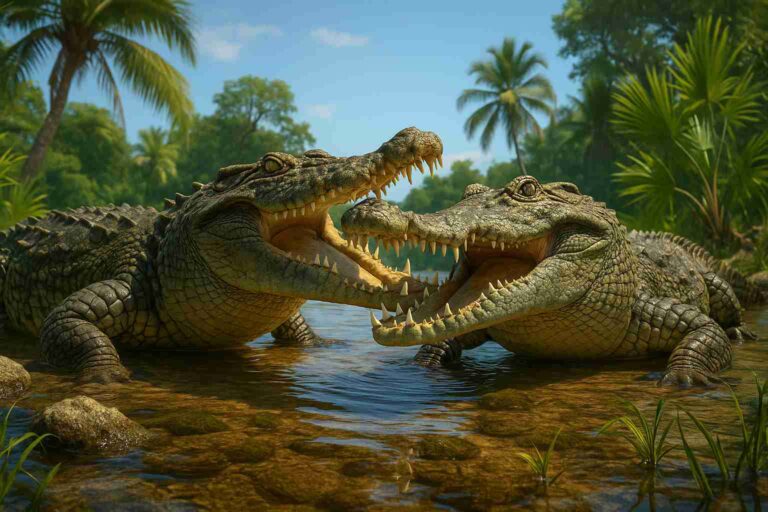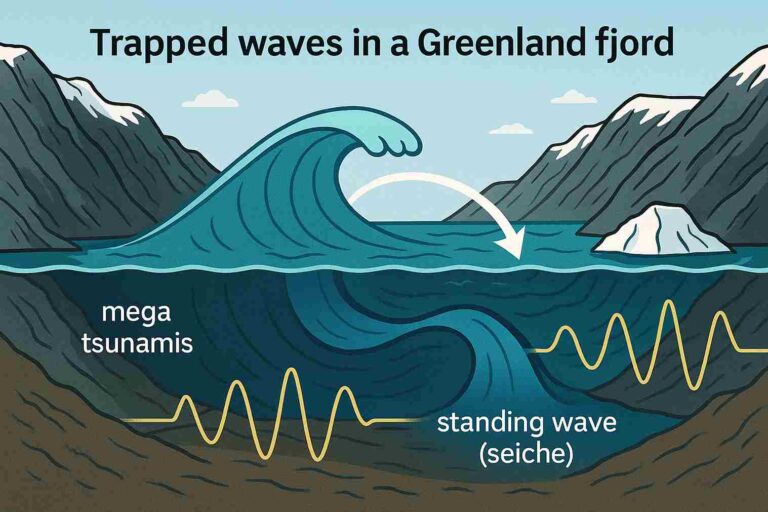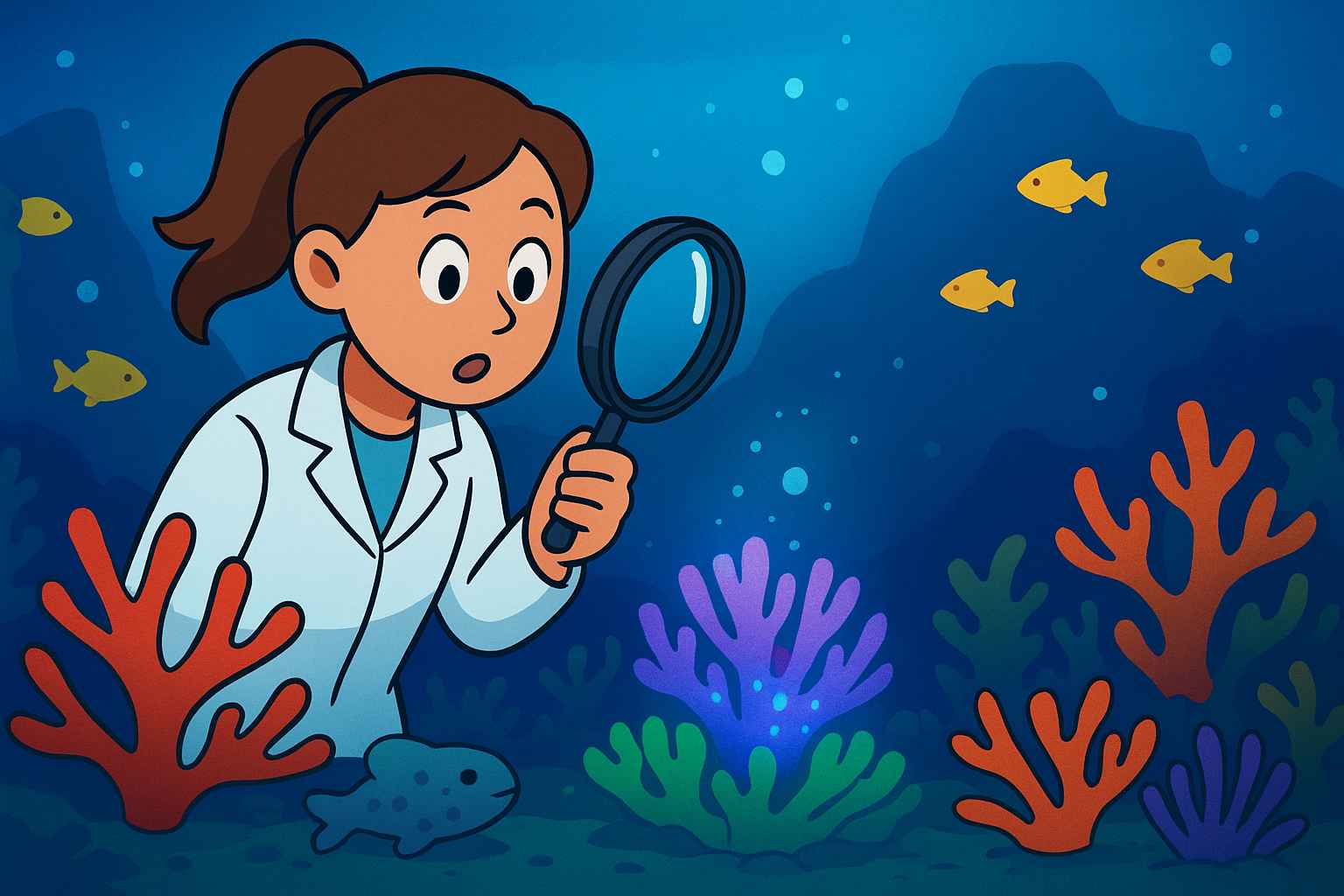
Deep under the frozen waters of Antarctica, a robot explorer named Lassie made a jaw-dropping discovery — a secret underwater city filled with thousands of perfectly shaped fish nests! 🐟❄️
Scientists from the University of Tokyo and their partners were originally exploring the icy Weddell Sea to study melting ice shelves — and maybe even spot the lost ship Endurance from Ernest Shackleton’s 1915 expedition. But instead, their robotic camera stumbled upon something incredible: a vast field of circular fish nests arranged in neat patterns, stretching as far as the eye could see.
Each nest looked like a tiny crater on the seafloor, carefully swept clean of the algae and plankton that covered everything else. When scientists looked closer, they realized each one was home to a hardworking parent fish — a yellowfin notie, a type of Antarctic rockcod — guarding its eggs from hungry predators!
“This was like discovering a whole underwater neighborhood,” said researchers. “Each fish had its own home, and together they formed a well-organized colony.”
The Icy Expedition
The discovery happened after the giant iceberg A68, almost the size of a small country, broke away from the Larsen C Ice Shelf in 2017. This allowed scientists to explore areas that had been trapped under ice for centuries.
Using the remotely operated vehicle (ROV) nicknamed Lassie, the team from the Weddell Sea Expedition 2019 sent cameras deep below 200 meters of ice. What they saw astonished them — over a thousand circular nests, all cleaned and maintained like underwater gardens.
Some nests stood alone, while others curved into lines or clustered together like apartment blocks. It wasn’t random — it was beautifully patterned, a sign of teamwork and survival.
A Lesson in Cooperation
The fish’s behavior showed what scientists call the “selfish herd” rule — animals stay safer in groups because those in the middle are protected by others on the outside. The larger, stronger fish usually guarded the edge nests, defending the colony from danger.
This clever arrangement helps the yellowfin noties and their babies survive in one of Earth’s toughest environments — where water temperatures can drop below freezing!
Why This Discovery Matters
Scientists say this hidden “fish city” proves the Weddell Sea is a Vulnerable Marine Ecosystem — full of life that needs protection. These breeding grounds may be vital for the Antarctic food web, feeding penguins, seals, and other sea creatures.
Researchers hope this discovery will help make the Weddell Sea a Marine Protected Area, ensuring that this icy underwater wonder stays safe for generations.
So next time you picture Antarctica, don’t just imagine penguins — think of thousands of brave fish parents guarding their tiny homes under a frozen sea! 🌊🐠💙

